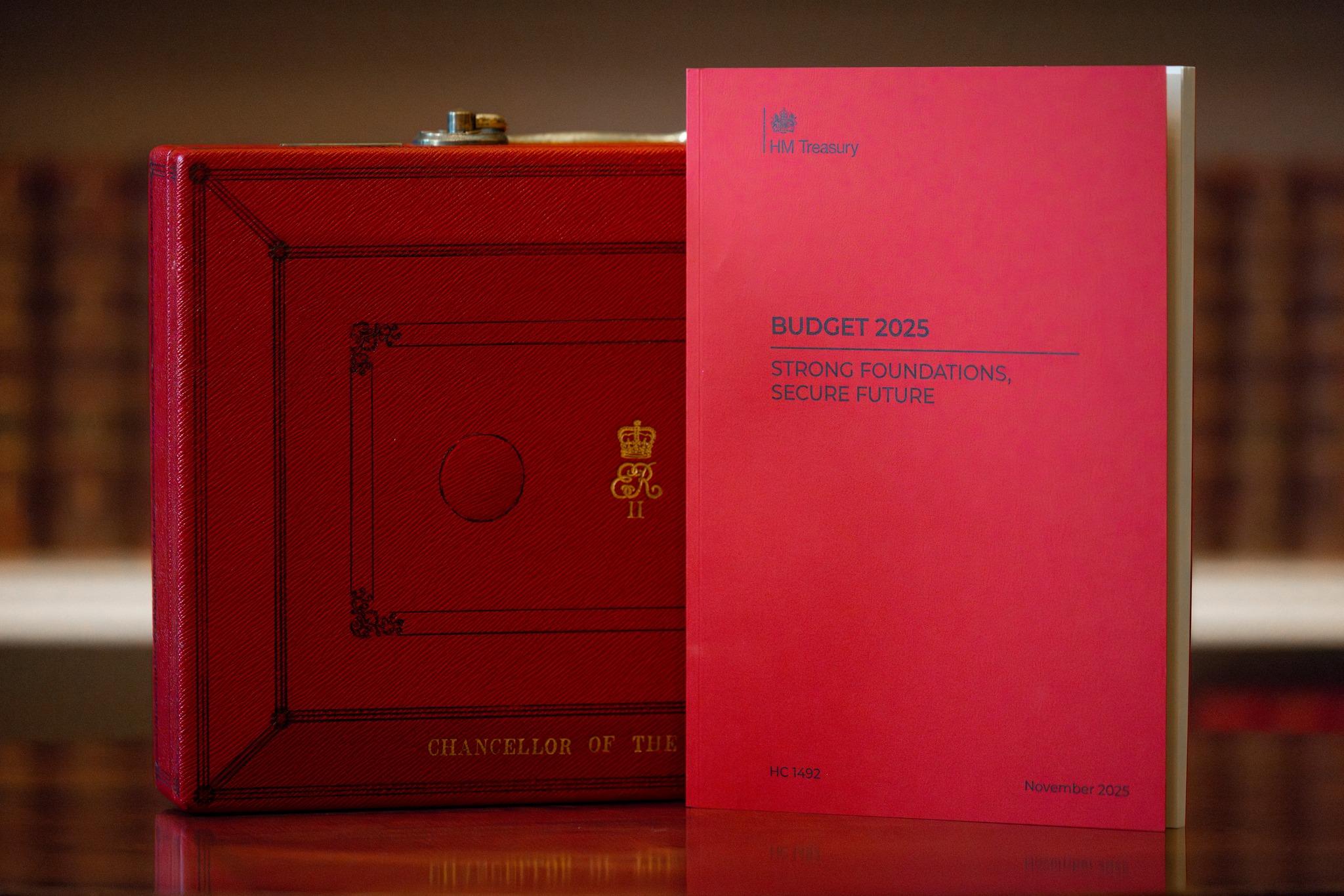
Research & Development (R&D) tax credits were introduced in 2000 as a way for SMEs to increase the percentage of GDP being spent on R&D from 1.7% to 3%. A separate incentive for large companies, called R&D expenditure credit (RDEC), was established in 2002.
Research & Development (R&D) tax credits were introduced in 2000 as a way for SMEs to increase the percentage of GDP being spent on R&D from 1.7% to 3%. A separate incentive for large companies, called R&D expenditure credit (RDEC), was established in 2002.
Understanding how to calculate R&D tax credits is an important part of the claims process and can help you understand how much you’re entitled to. The process of calculating R&D tax credit claims is crucial for businesses looking to maximise their benefit. Both SME and RDEC tax credit programmes have proved incredibly successful, helping UK innovation to thrive. In the two decades following their respective launches, the credits have been continuously supported by different governments, supporting forward-thinking businesses through recessions and, more recently, a global pandemic.
The R&D tax credits calculation process ensures that businesses receive the financial support they deserve, reinforcing the importance of accurate claims. Whether it's the calculation of R&D tax credits for SMEs or large enterprises, understanding the methodology is key to optimising claims.
Please note, for claims with accounting periods after April 2024, the new merged R&D tax credit scheme will apply.
Whether you’re seeking an R&D tax credit calculator, need assistance with R&D tax credit calculation, or require guidance from an R&D tax credit specialist, we are here to help you maximise your returns.
Who can claim R&D tax relief?
If your business spends money creating or improving products, processes, devices, services or generating new knowledge, you could benefit from R&D tax credits. Calculating R&D tax credit claims is an essential step in determining your entitlement. To apply, you must:
– be a limited company incorporated in the UK and/or subject to corporation tax
– have spent money on qualifying R&D activities (your project(s) had an uncertain outcome)
The scheme covers historical costs for R&D. When accounting for R&D tax credits, you can look back up to two previous accounting periods – as well as making R&D claims on an ongoing basis. The R&D tax credits calculation process ensures businesses can recover eligible costs effectively.
The incentives are open to businesses of all sizes in all sectors, from construction and energy to food and insurance. There is no minimum threshold for making a claim, and your projects needn’t even have been ultimately successful or commercially realised to be eligible.
Fit these criteria and you could access relief in the form of a direct cash payment or tax deduction. In its simplest calculation of R&D tax credits, for claims with accounting periods prior to April 2024, SMEs can claim up to 33p for every £1 spent on qualifying projects and large companies can claim up to 11p through RDEC.
Understanding the process of calculating R&D tax relief ensures businesses can maximise their claims, making innovation more financially viable.
The incentives are open to businesses of all sizes in all sectors, from construction and energy to food and insurance. There is no minimum threshold for making a claim, and your projects needn’t even have been ultimately successful or commercially realised to be eligible.
R&D tax credit calculation examples
According to the latest HMRC R&D Tax Credit Statistics, the average SME claim in the year ending March 2020 was £57,723. The average RDEC claim (for large companies) was £320,413.
The biggest part of an R&D tax credit application is knowing which of your costs you can claim on.
So, what would you be entitled to?
The rate of relief you can expect to receive will depend on several factors, including your tax position. Grants and subsidies can also affect the rate of relief for your claim. For an accurate estimate, we’d recommend booking a free consultation with one of our specialist advisors.
In the meantime, profit-making SMEs can get a quick idea by following the steps below.
Step 1: Identify your qualifying R&D spend (qualifying expenditure, or QE)
The biggest part of an R&D tax credit application is knowing which of your costs you can claim on. Below are the key areas you can include, so start by calculating each one.
1. Direct staff costs
This includes the gross salaries (i.e. people’s time spent on R&D), employer’s NI and pension contributions and certain reimbursed expenses of employees who have worked directly on the project.
2. Contractors
Known as Externally Provided Workers (EPWs), this refers to individuals who are employed by another company (either a group company or a third party) and work on your R&D projects. If employed by a third party, a maximum of 65% of these costs can be included in the claim.
3. Outsourced R&D work costs
Where R&D is subcontracted activities out, these costs can be included in the claim. These costs are also subject to a 65% restriction if the entities are unconnected. Companies claim under the RDEC scheme cannot include subcontractor costs – except for under limited circumstances.
4. Consumables and raw materials
The costs of any materials used as part of your R&D project, but not sold on to a customer, can be part of your claim. This includes project-specific consumables as well as water and energy, and materials used to build prototypes.
5. Software
This covers software licences used in an R&D project. You can include any applications you buy, commission or develop yourself. Hardware costs cannot be included. It is important to note that software which is developed as part of an improvement to the intangible fixed assets of your own business is likely to attract RDAs – a different form of relief which can also work with R&D tax credits.
Each cost that falls under these categories should be multiplied by the proportion of time/amount spent on qualifying R&D activities during the accounting period – our specialists will guide you through the nuances of this process.
You can now start calculating the R&D tax credit benefit. As a simple example, we’ll use an R&D spend of £100,000 for the purpose of this R&D tax credit calculation and apply it to the following steps.
Step 2: Add uplift to your qualifying expenditure
SMEs (businesses with fewer than 500 employees and a turnover under 100 million euros or a balance sheet total below 86 million euros) can deduct 130% of their qualifying expenditure from their yearly profit.
Get to that enhanced figure by multiplying your qualifying expenditure by 130% or 1.3.
So, with our example: £100,000 x 130% = £130,000.
Step 3: Work out your taxable profit
Subtract your enhanced qualifying expenditure figure (e.g. £130,000) from your trading profit for the year to work out your revised taxable profit.
If, for example, that profit was £385,000: £385,000 – £130,000 = £255,000
Step 4: Calculate your new Corporation Tax liability (and saving)
Multiply your revised taxable profit by the current Corporation Tax rate (19%) to find out your new amount to pay.
For example: £255,000 x 19% = £48,450
Subtract this figure from your pre-claim Corporation Tax to find out how much you’ll save or get refunded.
For example: £73,150 (pre-claim Corporation Tax) – £48,450 (post-relief Corporation Tax) = £24,700 saving or refund
Calculating R&D tax credit for loss-making SMEs
Loss-making SMEs should also start by calculating their qualifying expenditure, although the sums after that will be different as the R&D spend increases losses.
If you’re in this position, you can either:
- Carry the additional loss forward where it will be offset against future taxable profits, or
- Choose for 230% of QE or revised loss for the period (whichever is lower) to be surrendered to HMRC in exchange for a cash tax credit worth 14.5%
Say our example SME made a loss of £300,000 for the year, with the same £100,000 R&D QE, and chose to surrender losses and claim relief:
- £100,000 x 230% = £230,000 (uplifted qualifying expenditure/R&D tax losses)
- £230,000 x 14.5% = £33,350 saving or refund
We can help you claim
Claiming R&D tax relief can be a complex process, especially for loss-making companies.
By working with a specialist tax incentive adviser, you can be sure your claim is maximised – giving you the full benefit your innovation deserves – while remaining robust when processed by HMRC.
We’ve already generated more than £60m of benefits for our clients since January 2019, and our average SME claim is 28% bigger than the industry standard – your business could be the next to benefit.
Streamline the R&D tax credit calculation process today with the help of our R&D tax credit specialists.
FAQs

Can we help your business?
Book a free consultation with our expert R&D funding advisors today. We specialise in helping innovative businesses like yours unlock millions in government funding, specifically allocated to fuel your innovation. Let us help your business access the support it deserves.









.svg)


